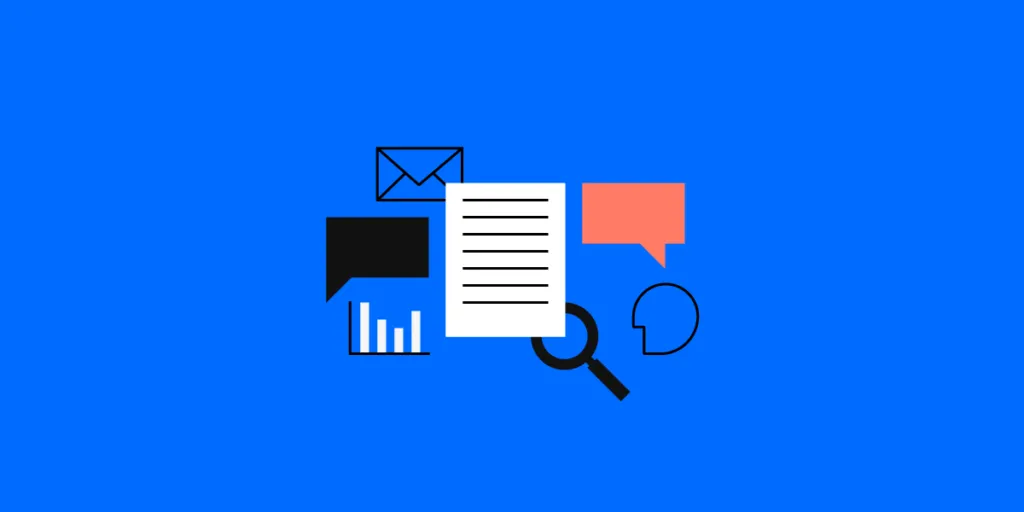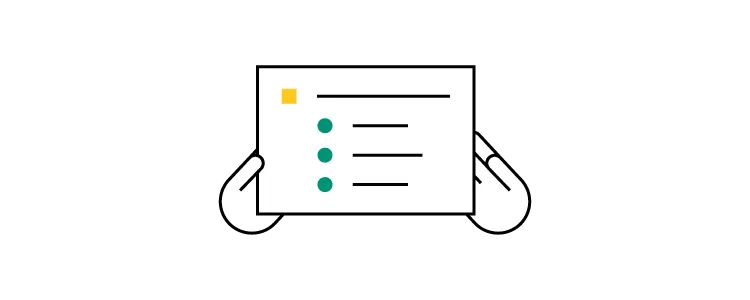Why Do You Need a UX Researcher on Your Team?

Gone are the days when UX Design was viewed as a single domain. Back then, companies used to hire a single resource under the job title of ‘UX Designer’.
Sometimes, we even saw the atrocious coupling of job descriptions of a UI and UX Designer under the garb of ‘UI/UX Developer’ or ‘UI/UX Engineer’.
Gladly, we are past that stage and now the industry is catching up to the importance of UX design.
Now, we are not only seeing the decoupling of UI and UX roles but UX design has been further divided into its distinct subcategories.
This separation of UX roles has been a direct result of a broader understanding of the UX domain and it’s ever-increasing importance in today’s world.
The move from a generalist UX resource to specialized UX roles is a welcome one.
One of these UX design roles is that of a User Experience Researcher.
Classification of UX Roles
When building a UX team, there are a number of different team structures that you may choose from. These include a centralized structure, embedded structure, and a matrix structure.
The choice of structure really comes down to the way your organization operates and its defined goals. You can learn more about this topic in our detailed blog on UX team structures.
Moving on to UX roles, we have the following specialized roles in UX:
- UX Designer
- Product Designer
- Visual Designer
- UX Researcher
- Content Strategist
- UX Writer
Each role requires a certain unique set of skills to perform accurately. The roles are defined based on the design process. It is a step by step approach that starts by understanding the user before moving on to design creation.
Let us take a look at the design thinking process to understand these UX roles in a better way.
Understanding the Design Thinking Process
The design thinking process can be summarized in 5 steps:
- Empathize

Learning about users through user interviews, contextual inquiry, and user observation.
- Define

Identifying user problems and user needs. This requires data analysis and information synthesis.
- Ideate

In this step design ideas are generated in order to tackle the problem at hand. Brainstorming sessions are carried out along with listing out the worst possible ideas and conducting dot voting.
- Prototype

Mockups are created in this step. This starts with creating basic paper prototypes. Then we move on to wireframing and eventually create high fidelity prototypes.
- Test

The testing phase involves evaluating the designs with users with the goal of improving them. Usability tests, user tests, and heuristic evaluation are all part of the testing phase.
By understanding the different steps involved in the design thinking process, it is easier to understand how difficult it is to encompass all these tasks into a singular role of a ‘UX Unicorn’. For an organization with multiple products, the division into specialized roles is absolutely necessary.
A UX researcher plays a crucial role in the whole design thinking process.
To learn how you can run your very own design thinking workshop, do check out our step-by-step design workshop guide.
What does a UX Researcher do?
As the name suggests, a UX researcher does both qualitative and quantitative research methods in order to provide a deeper understanding of the end user.
They are responsible for the first phase of the design thinking process and lay the groundwork using which designers can create their designs.

They ‘empathize’ with the user and properly identify the problem that the product should cater to. Research methods like user interviews, user observation, and field studies and conducted in order to achieve this objective.
UX researchers also analyze the gathered data and use their findings to present a proposal of the design to designers and developers.
The role of a UX researcher does not just end here. Along with the empathize and define phase, they also help with the testing phase. Their evaluative research (usability testing and user testing) results in the testing and improvement of designs.
Benefits of having a proper UX Researcher
Contrary to popular belief, a UX researcher will save you money instead of being a burden on the company’s finances.
A UX researcher enables you to produce a product that is both attractive and practical for the user. By fulfilling the precise needs of the user, you ensure that no development effort and time is wasted.
Some of the key benefits of having a UX researcher on your team include:
- Creating a customer-centric product
The first and foremost benefit of having a UX researcher on your team is that you do not end up with a product that no one wants.
Extensive user research and evaluation ensures that your organization achieves an accurate understanding of the customer and therefore creates a product that aligns perfectly with what the customer wants.
This also leads to long term customer relations and goodwill.
- Better decision making
Instead of haphazard decision making, having a UX researcher promotes informed decision making. This is not only a more efficient way but the accuracy of the decisions is also increased manifold.
Previously, organizations were very slow in making decisions and often reluctant to change as the cost of reverting back a decision was too high.
With a UX researcher on your team, you can confidently make the correct decisions.
- Efficiency and time saving
The design thinking process is a tested and proven series of steps. It is widely used in the industry because it not only improves efficiency but also results in time-saving.
As we have learned, the backbone of the design thinking process is a dedicated UX researcher. By having one on your team, you will see massive gains in overall productivity.
- Stronger team culture

A great work culture will go a long way for your organization. The streamlined process and informed decision making as a result of following UX research processes will boost the confidence of the whole team.
They will know that decisions are being made in an orderly manner and are intended for the ultimate benefit of the customer. This greatly helps promote a healthy work culture and improves team coordination and collaboration.
When everyone is working towards a common objective in perfect harmony, the results are nothing but magical
Conclusion
The advantages of hiring a UX researcher can not be denied. With the constantly increasing competition in the market and an ever-increasing focus on more user-centric products, a UX researcher is no longer an option to consider – it is a necessity!
We at UXPin are dedicated to making the whole design process simpler for you. Getting started has never been easier. Simply sign up for a free trial now and take your design productivity to the next level.

